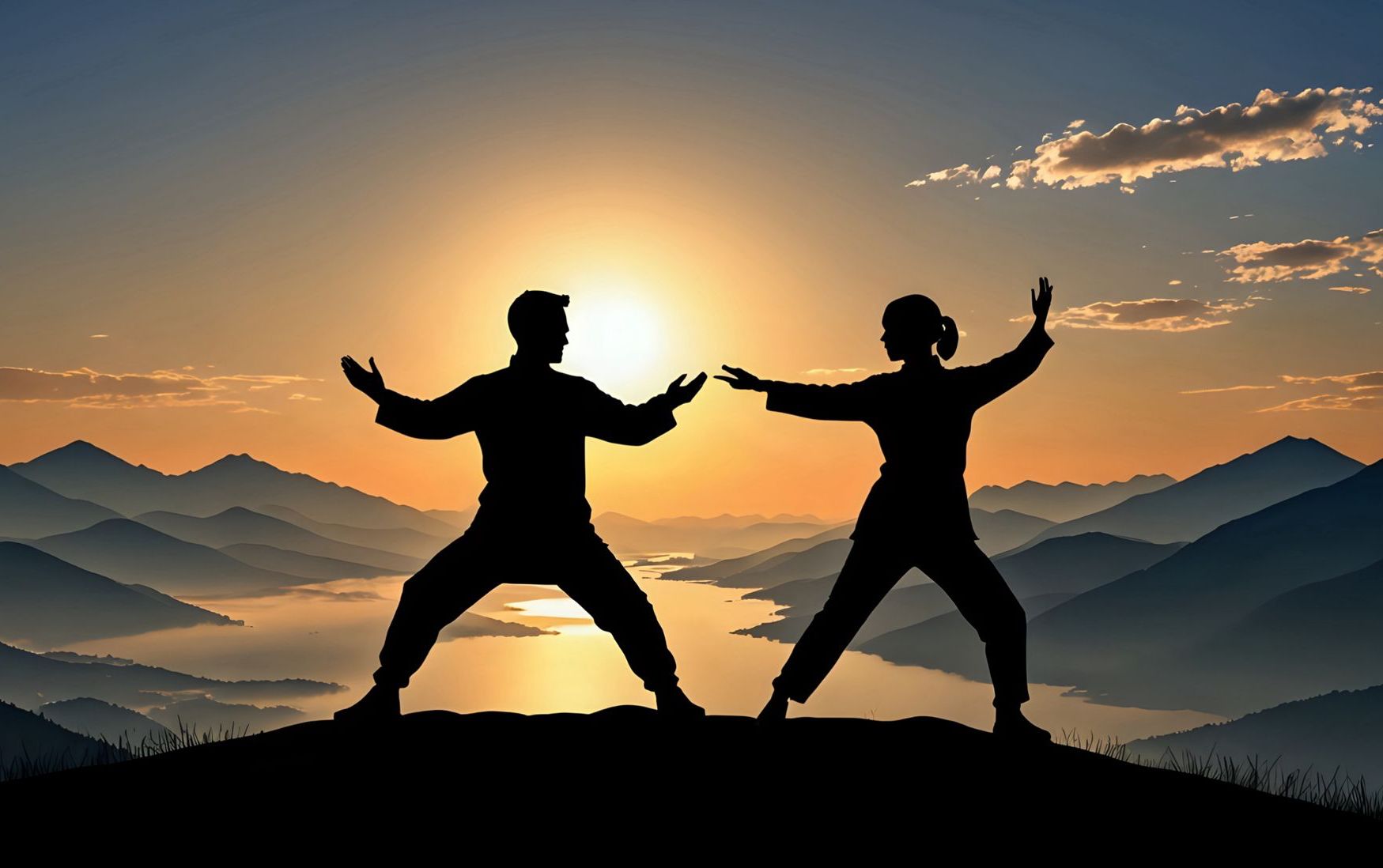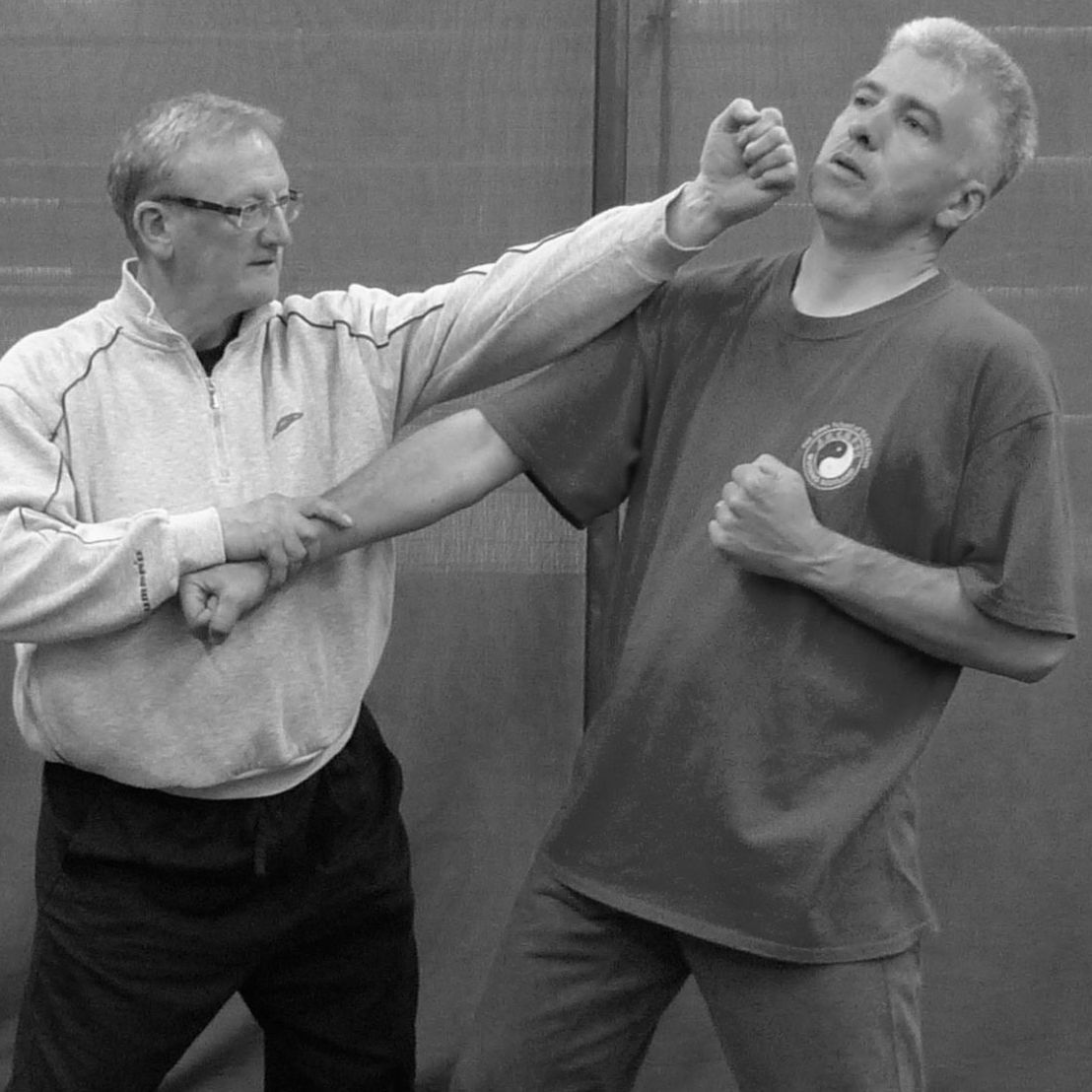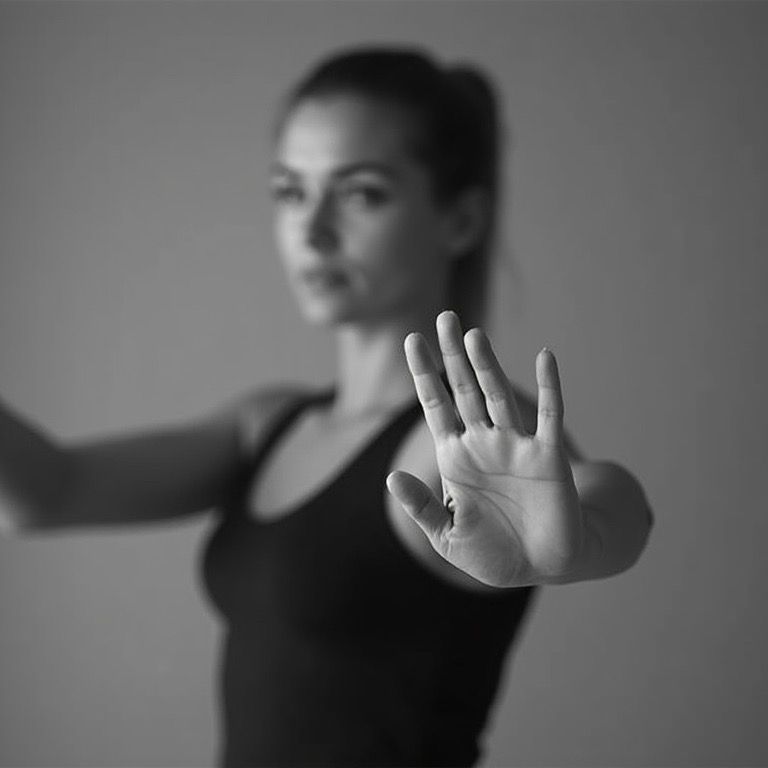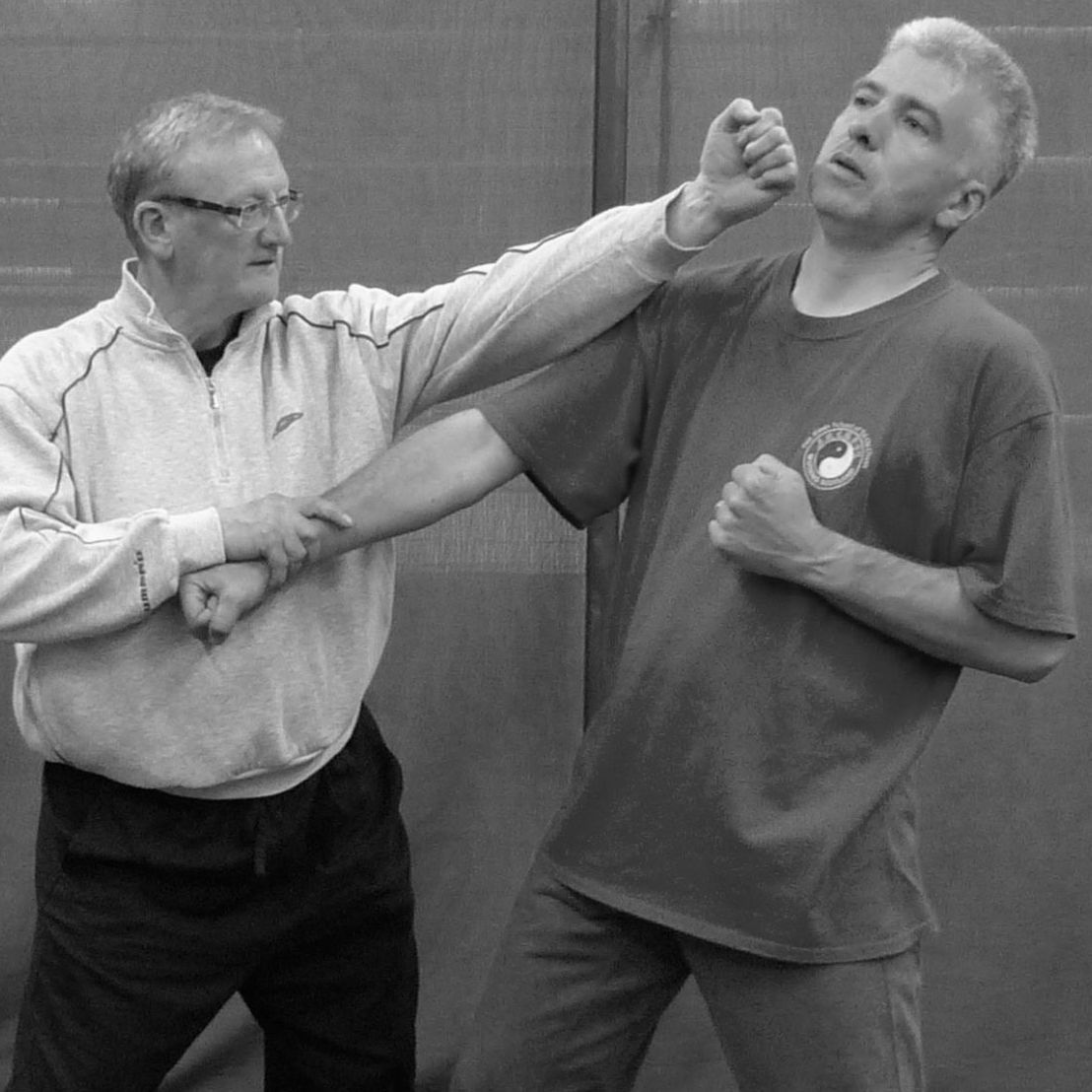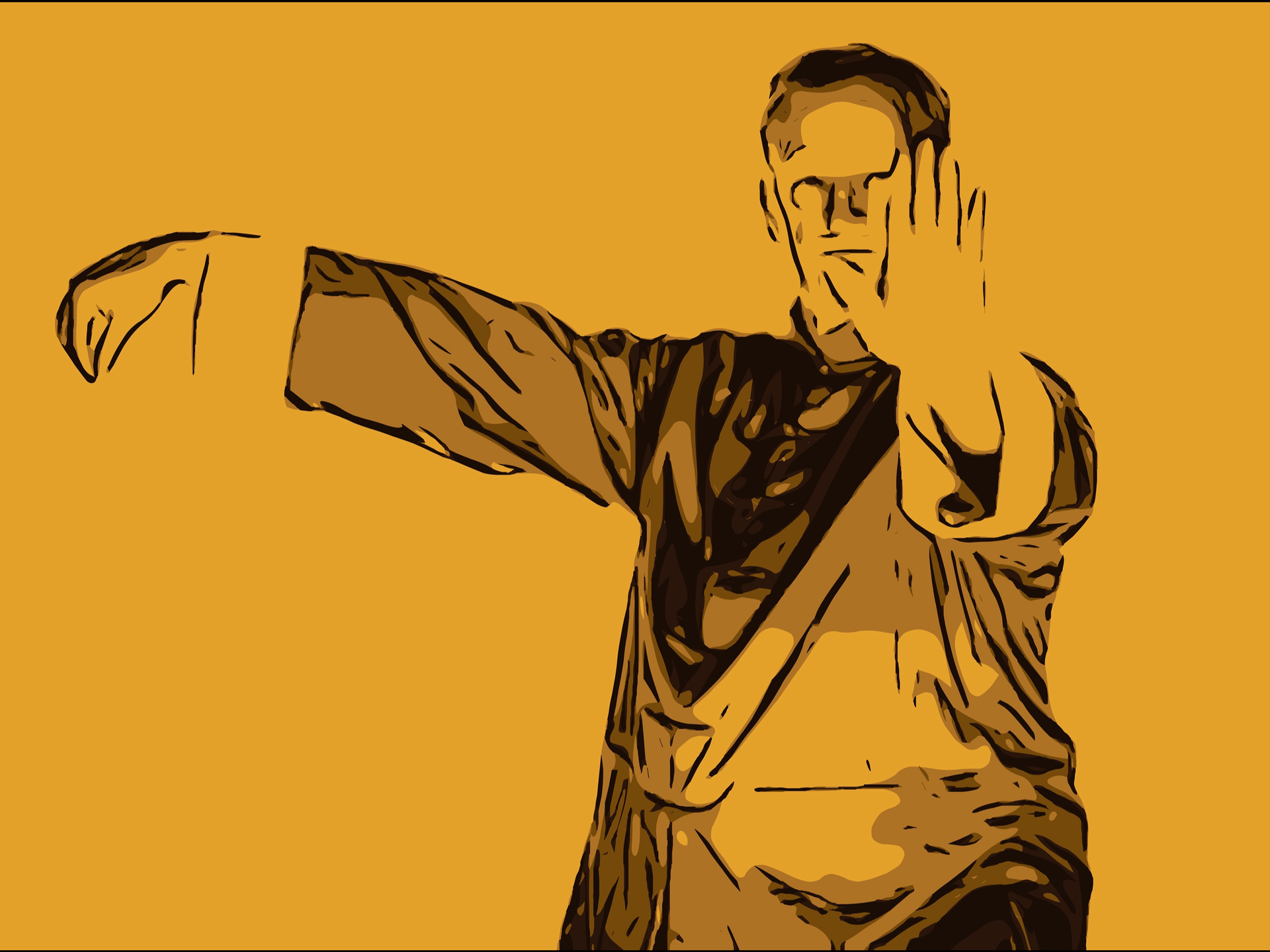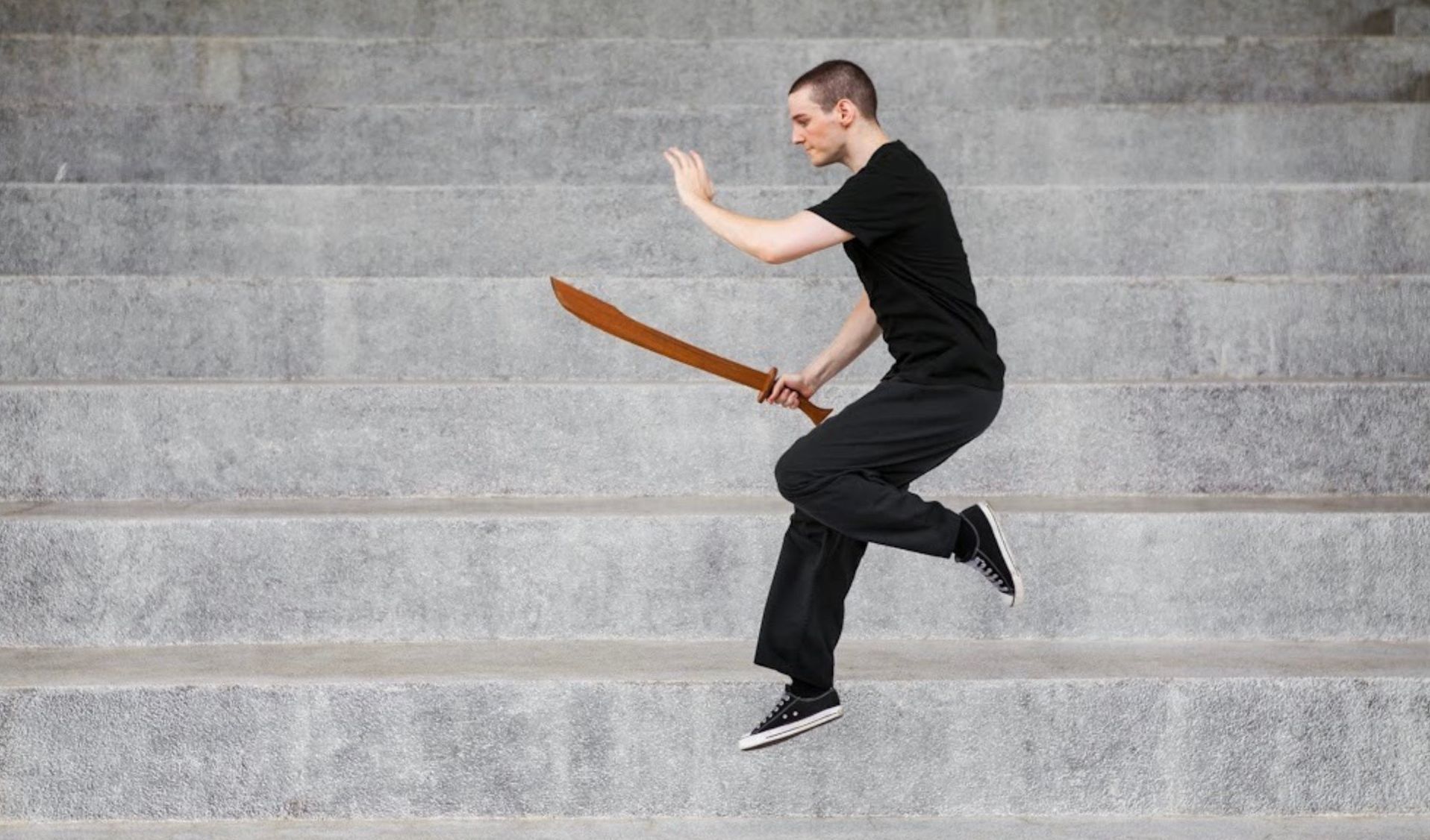Is Tai Chi a Martial Art?
The Hidden Martial Power of Tai Chi
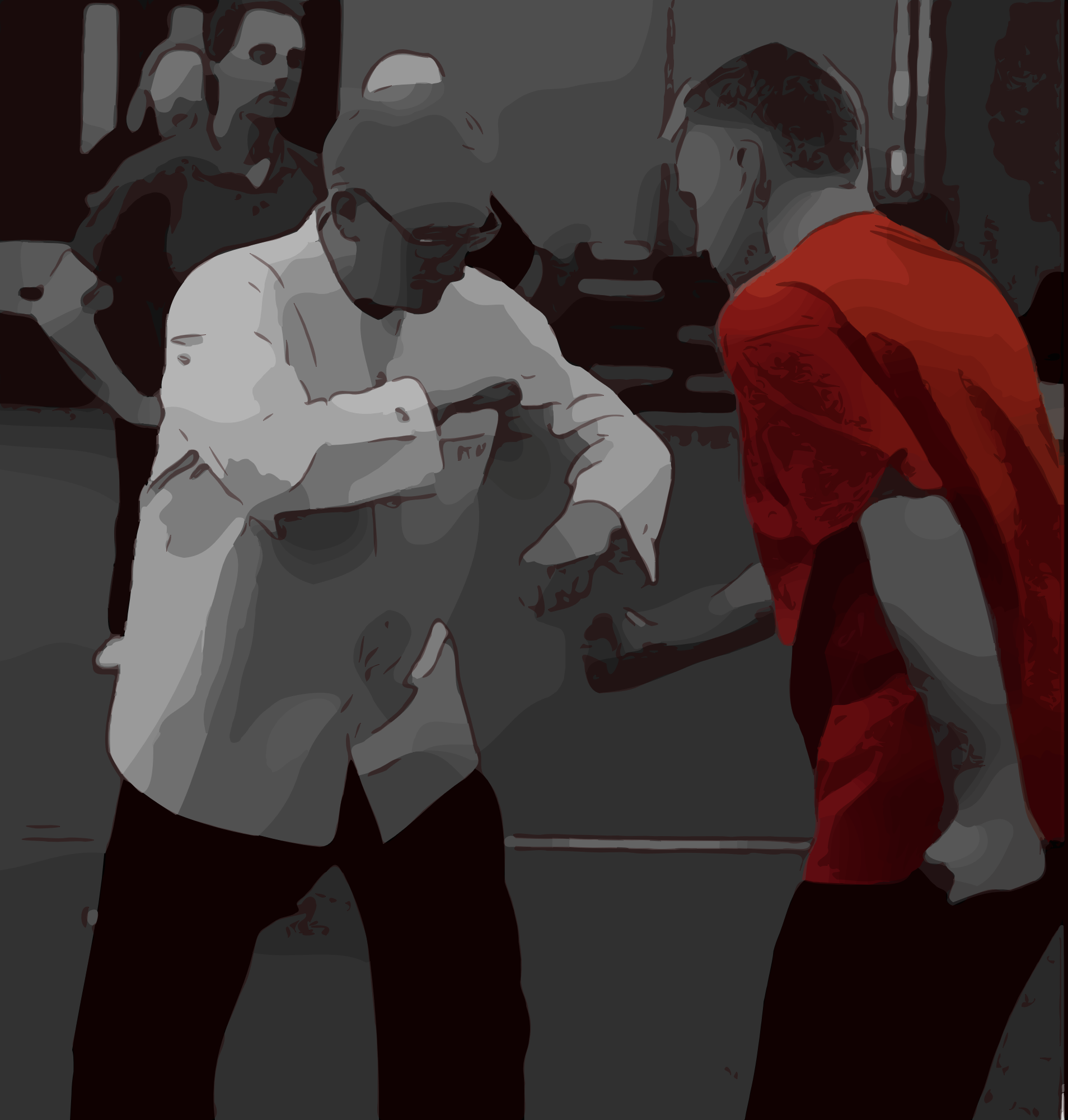
When most people think of Tai Chi, they picture slow, flowing movements in a quiet park — a peaceful exercise for relaxation, balance, and health. That’s true. But what often gets overlooked is that Tai Chi wasn’t originally created as a wellness routine. It was designed as a fighting art.
At Just Enough Tai Chi, we teach in the tradition of Five Winds Tai Chi (Wu Feng Taiji), handed down from Grandmaster Cheng Tin-Hung — a true martial artist who trained Tai Chi for real-world combat.
So if you’re wondering, “Is Tai Chi really a martial art?” the answer is simple: Yes — if you train it that way. Let’s break down why, and how it all fits together.
1. Tai Chi’s Martial Origins: From Battlefield to Health Practice
The name Tai Chi Chuan (太極拳) literally means “Supreme Ultimate Fist.” That’s not exactly the title of a gentle stretching routine.
Tai Chi was originally a combat system, crafted to deal with real attacks using softness, timing, and body mechanics — not brute strength. It was born in China’s Chen Village and later refined by the Yang family.
By the 20th century, Tai Chi’s health benefits became popular worldwide. But teachers like Cheng Tin-Hung never let go of its original purpose: self-defense and martial skill.
2. Cheng Tin-Hung’s Combat-Oriented Tai Chi
Cheng Tin-Hung wasn’t a performance artist or a theorist — he was a fighter. His approach to Tai Chi, which we carry forward in Five Winds Tai Chi, focuses on:
• Real applications in every movement — Every motion in the form is either an attack, a defense, or a setup for the next move.
• Efficiency — No wasted energy. Movements are designed for maximum impact with minimal effort.
• Push Hands (Tui Shou) — A two-person drill that teaches balance, sensitivity, and how to break an opponent’s structure.
• Internal Power (Peng Jin) — Learning to generate force through proper structure and relaxed strength, not tension.
Cheng’s students watched him uproot opponents with barely a shift in posture — proof that Tai Chi, when trained properly, is seriously powerful.
3. How Tai Chi Works as a Martial Art (For Beginners)
If Tai Chi looks so slow, how can it possibly work in a real fight? Here’s how:
A. Softness Overcomes Hardness
Tai Chi fighters don’t meet force with force. They absorb attacks and redirect them — like a tree bending in the wind instead of snapping.
This means you don’t have to be bigger or stronger — you just have to be smarter about how you move.
B. Structure and Alignment Win the Day
In Tai Chi, how you stand and align your body matters more than how much muscle you have.
Movements like “Roll Back” (Lu) and “Press” (Ji) use the opponent’s strength against them.
C. Sensitivity Training (Ting Jin)
Push Hands develops Ting Jin, the skill of feeling and responding to pressure instantly.
This lets you anticipate and neutralize attacks almost before they happen.
D. Hidden Strikes and Qin Na (Joint Locks)
Tai Chi forms aren’t just pretty moves — they hide strikes, throws, sweeps, and joint locks.
Grandmaster Cheng’s Tai Chi includes Qin Na techniques: ways to seize and control an opponent quickly and efficiently.
4. Common Misconceptions About Tai Chi as a Martial Art
Myth 1: “Tai Chi is too slow to fight with.”
• Slow practice sharpens your mechanics.
• When needed, Tai Chi strikes are fast, sharp, and decisive.
• Cheng Tin-Hung’s students trained for live sparring at full speed.
Myth 2: “Tai Chi is only for old people.”
• Tai Chi is great for longevity, yes.
• But martial Tai Chi demands explosiveness, agility, reflexes, and commitment — just like any other serious martial art.
Myth 3: “It takes forever to be useful.”
• Basic Tai Chi principles — rooting, yielding, redirecting — can be applied almost right away for self-defense.
• Good training gives you usable skills early on, not just after years of practice.
5. How Beginners Can Start Training Tai Chi as a Martial Art
Interested in learning real Tai Chi fighting skills? Here’s how to get started:
1. Find a Qualified Teacher
Look for someone who emphasizes martial applications, not just health benefits.
2. Practice Forms with Intent
Every movement should have a clear fighting purpose in your mind.
3. Train Push Hands Regularly
This builds the sensitivity and reflexes needed for real-world encounters.
4. Study Qin Na and Striking
Learn the joint locks, sweeps, and hidden strikes that are part of the forms.
5. Spar Lightly and Safely
Controlled sparring tests your skills and helps you build confidence under pressure.
Conclusion: Tai Chi is a Martial Art — If You Train It That Way
Tai Chi can be a beautiful health practice or a devastating martial art — the difference lies in how you train.
Under Grandmaster Cheng Tin-Hung’s tradition, Tai Chi remains true to its martial roots: practical, efficient, and combat-ready.
If you want to unlock Tai Chi’s true power, remember:
Train with intention, seek real martial instruction, and keep testing your skills.
When practiced this way, Tai Chi is far more than just exercise — it’s a complete system of self-defense hidden in plain sight.
Ready to Start?
If you’re ready to explore the martial side of Tai Chi, find a school or instructor connected to Cheng Tin-Hung’s lineage — and begin your journey into the real power of Five Winds Tai Chi.


